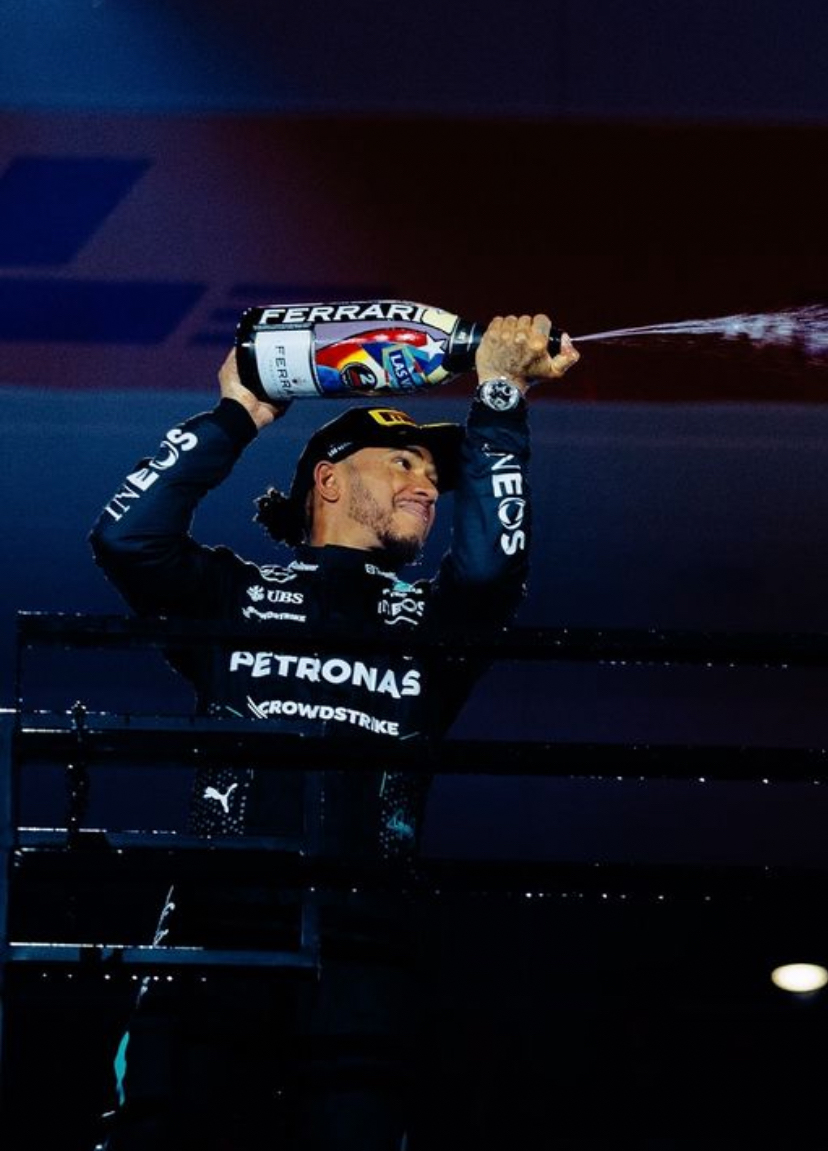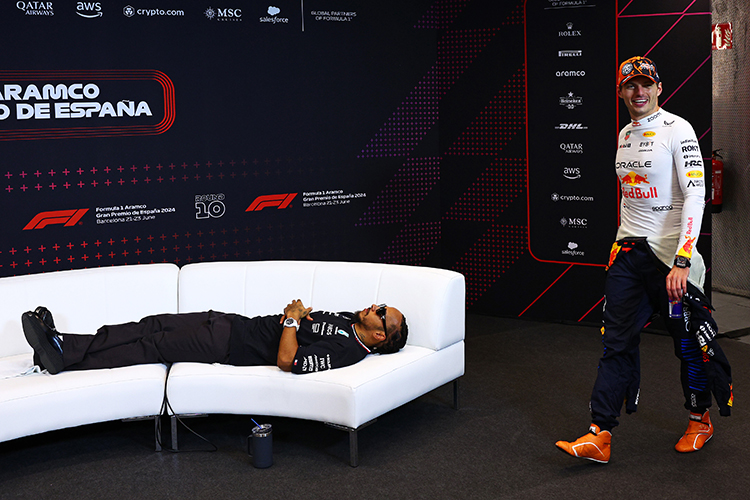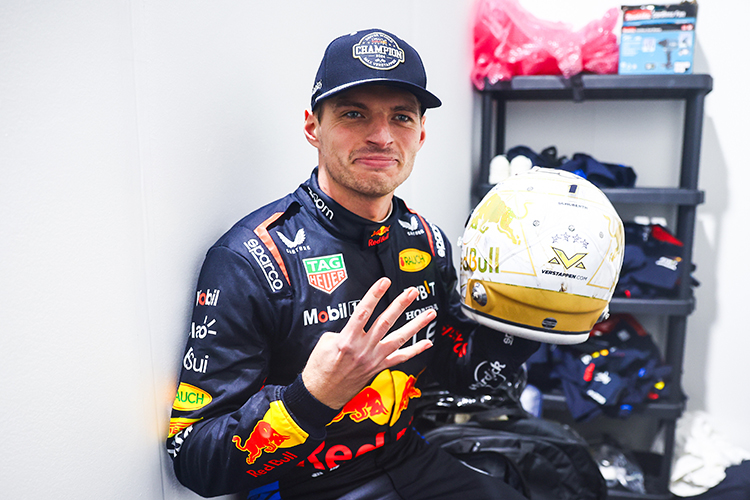Why Braking in F1 is a Challenge for Drivers

Formula 1 World Champions: A legacy of racing legends
Why Braking in F1 Is a Challenge for Drivers
Explore the challenges of braking in Formula 1, from the physical demands to the technical precision required. Learn how F1 drivers master late braking techniques. Explore late braking mastery in Formula 1 and what are the demands of F1 brake systems.
Late Braking Mastery: How F1 Drivers Perfect the Technique
Formula 1 is renowned for its speed, precision, and technological advancements, but one aspect that often goes unnoticed by casual fans is the immense challenge of braking. While normal drivers may only need to tap the brake pedal to slow down, F1 drivers must master a unique set of skills and techniques to handle the extreme forces at play.
Late Braking Mastery: How F1 Drivers Perfect the Technique
In the high-stakes world of Formula 1, late braking has become a symbol of elite driving skill. This advanced technique involves delaying the braking point as much as possible before entering a corner, allowing drivers to maintain higher speeds and gain an edge over their competitors.
The Science Behind Late Braking
Late braking requires a fine balance between speed, grip, and control. Drivers must understand and adjust the brake balance (the distribution of braking force between front and rear tires) and tire traction. Pushing beyond these limits can result in understeering or oversteering, negatively impacting the car’s cornering ability.
Track familiarity also plays a crucial role in perfecting late braking. By memorizing the braking points for every corner, drivers can push the car to its limits without risking a mistake.
Braking Power: Understanding the Demands of F1 Brake Systems
The brake systems used in Formula 1 are extremely sophisticated, designed to bring cars traveling at speeds of over 200 mph to a near stop in seconds. These systems are built from advanced materials like carbon-carbon composites and are finely tuned for each circuit. A major challenge in F1 braking lies in controlling the immense heat generated during braking. Overheating can lead to brake fade, which diminishes braking effectiveness.
The Physical Challenge
Braking in F1 is physically demanding. Drivers apply up to 125 kg (around 275 pounds) of force on the brake pedal while dealing with intense G-forces. At speeds over 200 mph, this process occurs in a split second, requiring immense strength and precise control. Unlike regular road cars, F1 cars do not feature ABS (anti-lock braking systems), so drivers must rely on their own reflexes and experience to manage braking efficiently without locking the wheels.
Psychological Aspects of F1 Braking
Late braking is not just a physical act—it’s a mental challenge as well. Drivers must have nerves of steel, trusting their instincts and training under high pressure. The margin for error is razor-thin, and misjudging braking points can result in disastrous consequences. Executing a successful late-braking maneuver requires full commitment, and drivers must stay calm and focused to avoid costly mistakes.
Braking in Formula 1: Key Challenges for Drivers
Braking in Formula 1 is one of the most demanding aspects of the sport. Here are some key reasons why braking in F1 is so challenging:
- High Speeds: F1 cars can reach speeds exceeding 200 mph, requiring drivers to decelerate rapidly while maintaining precise control.
- Physical Demands: The G-forces involved in braking can exceed 5 Gs, causing significant strain on the driver’s body.
- Precision: Every brake application must be timed perfectly to optimize lap times. Braking too early or too late can result in slower times.
- Complex Brake Systems: F1 cars feature intricate brake systems, including adjustable brake bias, which drivers must manage while maintaining race pace.
- Adapting to Conditions: Braking performance can be affected by factors like tire wear, track conditions, and weather, requiring constant adaptation from the driver.
Late Braking Moments in F1 History
Throughout Formula 1 history, late braking has produced some of the most iconic moments on track. One notable example is Max Verstappen’s thrilling late-braking maneuver at the 2019 Austrian Grand Prix. With only a few laps remaining, Verstappen executed a perfect late-braking move to overtake Charles Leclerc and secure the victory. Moments like these demonstrate just how crucial the art of late braking is in shaping race outcomes.
Why F1 Braking is One of the Ultimate Tests of Racing Skill
Braking in Formula 1 represents the pinnacle of racing technique. It requires a combination of physical strength, mental endurance, and precise control over the car’s systems. Mastering braking is crucial not only for optimizing lap times but also for executing overtakes and ensuring a safe finish. It is a skill that separates elite drivers from the pack and epitomizes the complexity and excitement of Formula 1 racing.
Conclusion: Braking in F1 is a Unique Challenge
In conclusion, braking in Formula 1 is not just about slamming on the brakes. It’s a delicate balance of strength, precision, and skill, made even more challenging by the extreme conditions of the sport. The combination of high-speed braking, physical endurance, mental acuity, and cutting-edge technology makes F1 braking one of the most demanding aspects of motorsport. For F1 drivers, it’s not just hard—it’s one of the ultimate tests of their racing prowess.
Up Next


